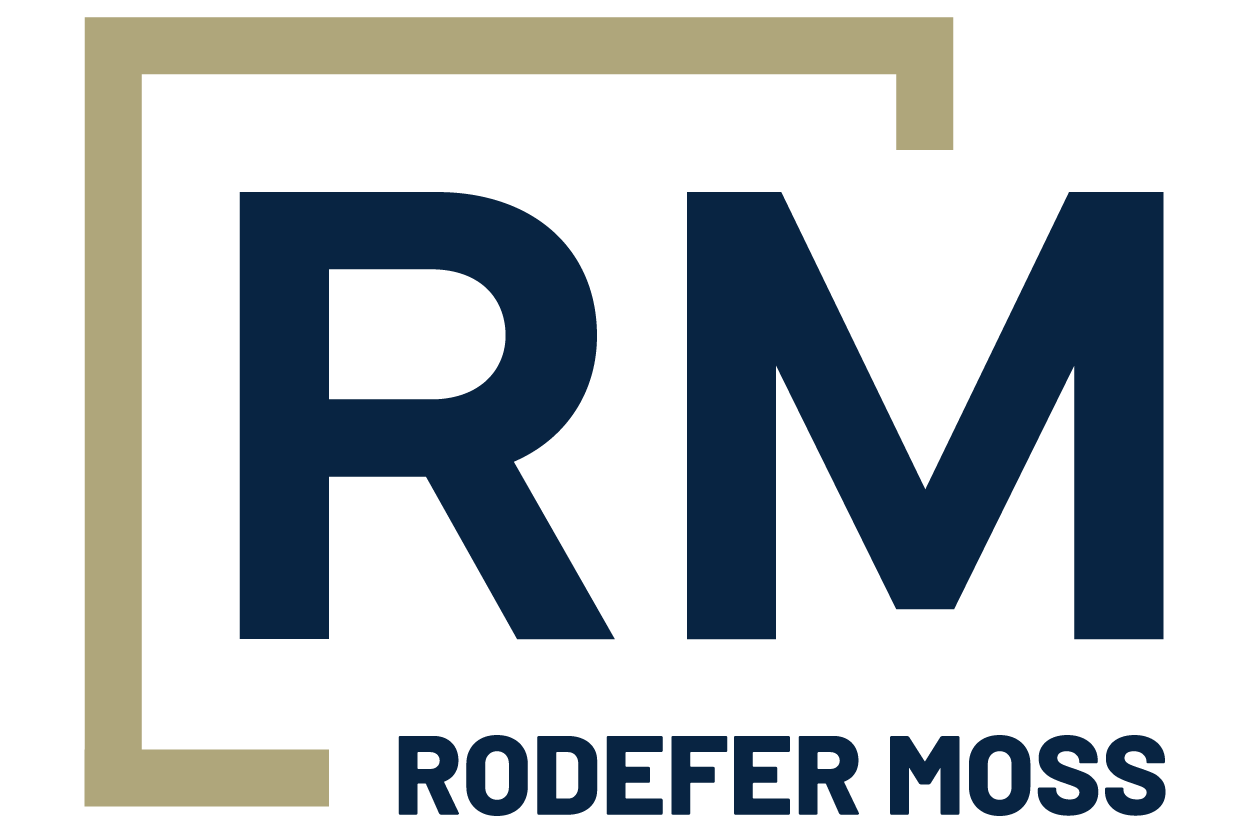Be careful when accounting for inflation’s bite

When the inflation lion prowls, it bites everyone.
When doing accounting forecasting and planning, businesses that for the past 22 months have dealt with an international pandemic now have to account for a financial predator: inflation.
Inflation – price increases – is setting records, as the Bureau of Labor Statistics explains: “On an unadjusted basis, the final demand index rose 9.6 percent for the 12 months ended in November, the largest advance since 12-month data were first calculated in November 2010." Consumer prices, paid by Mr. and Mrs. American for goods and services, are rising faster than at any time in some 40 years.
Factoring inflation into business planning is a challenge, particularly when official messaging to the business community tends toward inconsistency. In June, after May’s 5 percent inflation jump, Federal Reserve Board Chairman Jerome Powell told members of Congress that inflation was temporary, and would soon abate. By Nov. 30, Powell said the forecasts were wrong and that the word “transitory” is being dropped to describe inflation, which he said would continue well into 2022.
People and businesses who’ve been operating in a low- or zero-interest environment for years now have to consider a serious question: How bad can it get? A person under 60 years old may not have a memory of inflation’s impact in the 1970s and 1980s. In 1980, inflation hit 13.5%. On Dec. 17, 1980, the Washington Post reported, “Major banks across the country lifted their prime lending rate from 20 percent to a record 21 percent yesterday…”
A friend who bought a new car in 1982 said the interest rate on his car loan was 17%. Rates on 30-year home mortgages hit a high of 18.75%. These rates slammed the real estate market and increased home prices for sellers with lower-interest assumable loans. On the gas front, oil embargoes and Middle East geopolitical disruptions saw gas prices spike upwards as shortages — and motorist gas lines — took hold.
The Federal Reserve’s traditional strategy for combatting inflation is to raise interest rates, kept low because of the pandemic. But the Fed is now signaling it will speed up its timetable for interest rate increases. This suggests the Fed recognizes it isn’t exclusively a supply chain issue that will be resolved when the chain is again working properly.
For businesses, financial statements and budget projections, for example, rely to a significant degree on historical experience. However, historical experience may bear no resemblance to a highly inflationary environment in terms of profits, losses, anticipated budgets and expenses, etc. Companies can find themselves unjustifiably paying higher taxes or misrepresenting their financial positions by conducting traditional accounting in an inflationary environment.
Inflation accounting, also called price level accounting, provides accounting options for businesses in inflationary times.
Price level accounting enables a more accurate picture of money’s value during inflationary periods and a company’s financial performance based on inflation-caused currency value changes. There are four types of price level accounting:
- Current purchasing power method
- Current cost accounting
- Replacement cost accounting
- Current cost accounting
None of these are simple, straightforward approaches. They’re complex, dealing with factors that for tax and legal reasons must be conducted with great care and justification for the numbers used. During periods of inflation, it can be costly to not use one of these methods. But be certain about the help you’re getting. Talk to your accountant about their experience in any or all of these areas, and ask for evidence of their work.
These business accounting options exist for a reason. As inflation stalks the economy, they make keep its bite from being even more economically painful — or fatal.
This article first appeared in KnoxNews.

